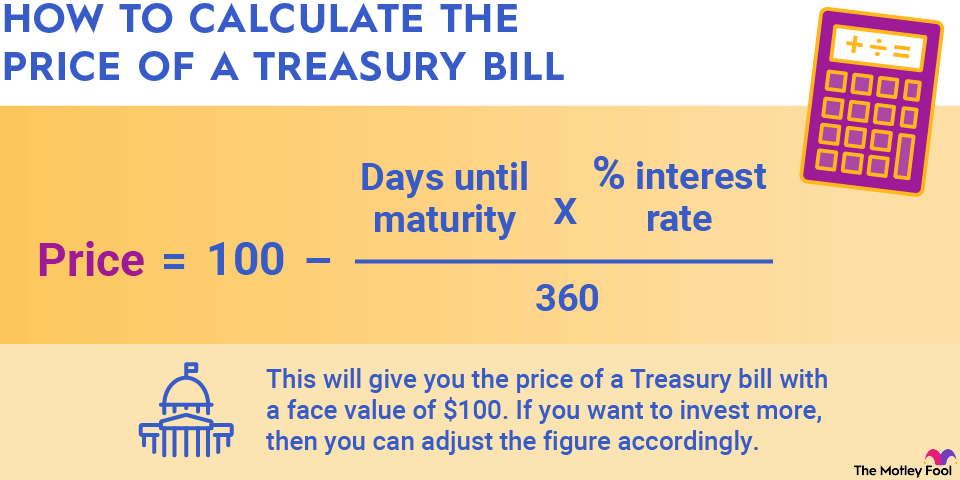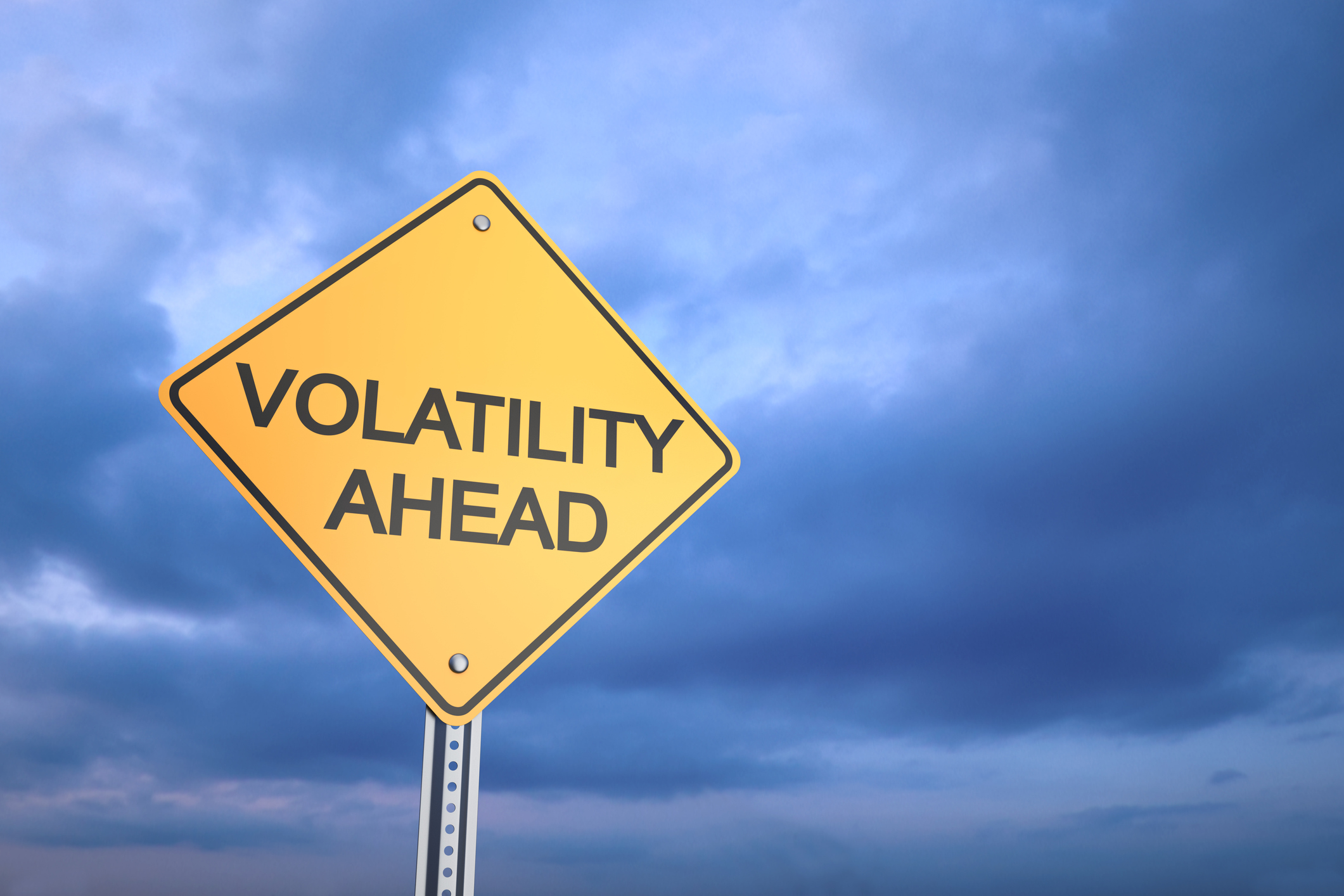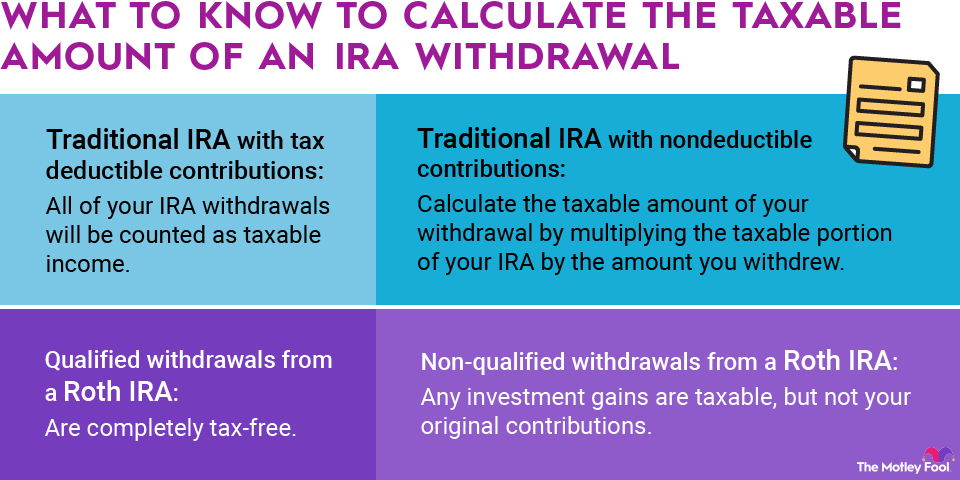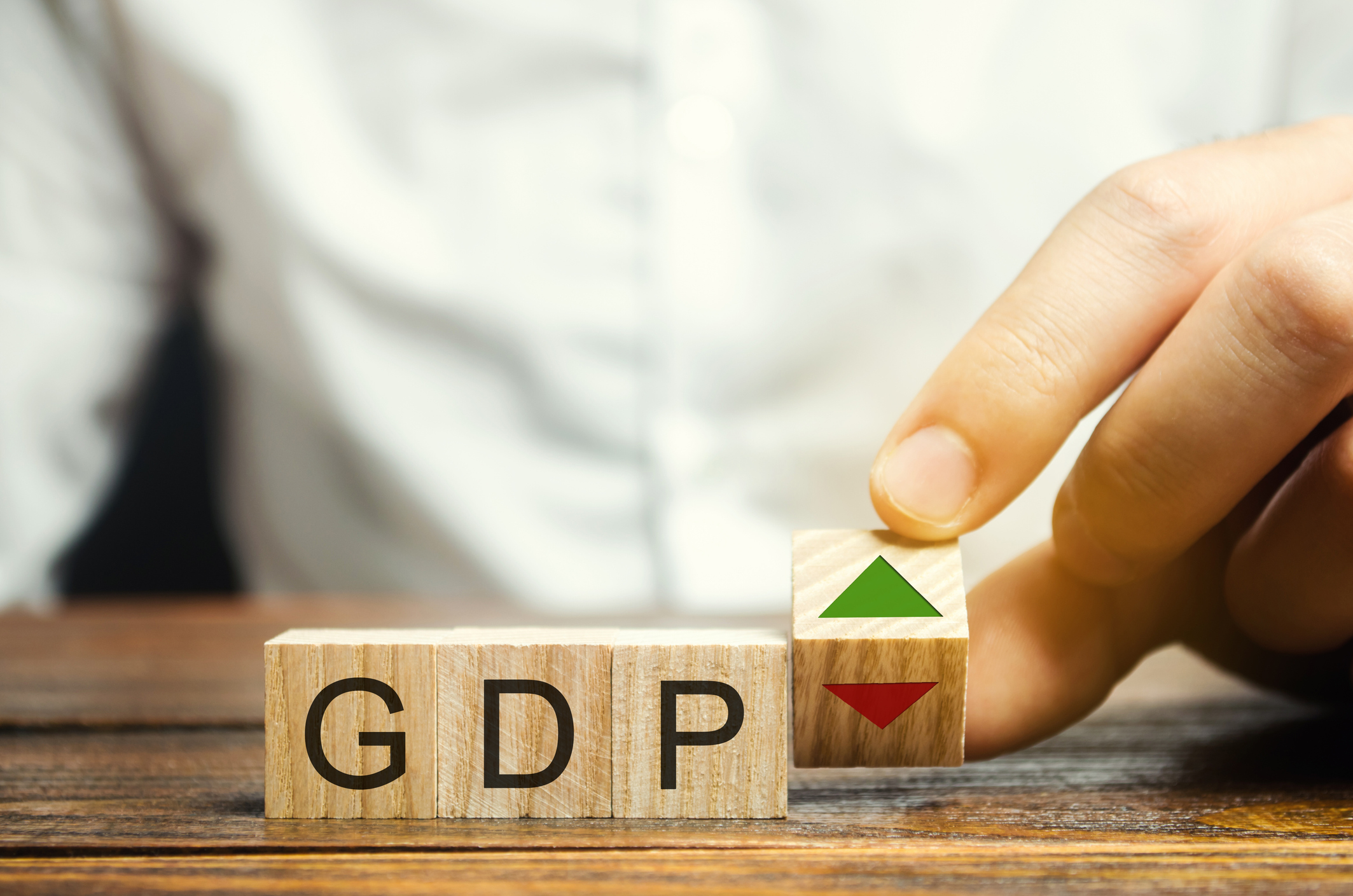Do you know how well your finances are progressing compared to last year? Do you know how much money your top investment has earned so far this year relative to how it did last year or the year before?
If not, it's time you took a closer look at year-to-date earnings and how it can improve your analysis of your personal finances and your investments.

What are year-to-date earnings?
Year-to-date earnings are simply the sum of earnings from the beginning of a given year to the present time. This calculation can be done at any time as long as there is available data. You may also be able to find a lot of this information from your broker.
In the case of your personal income, this can be done as frequently as you receive your pay stub. Most pay stubs have a running total of year-to-date earnings already calculated and included for you. This may be shown before or after any taxes or deductions.
If the calculation isn't provided for you, it's pretty easy to calculate on your own. All you need to do is take all of your pay stubs so far in a given year and add them up. You can do this using your gross income (before taxes) or your net income (after taxes). Or you could do it for both. It's up to you; just be consistent.
For public companies, you're most likely only going to be able to calculate year-to-date earnings on a quarterly basis. Public companies only disclose their financial statements quarterly, meaning you won't have the data to do the calculation more frequently than that.
Public companies generally disclose year-to-date results along with their results for a given quarter on both their income statement, balance sheet, and statement of cash flow. This is particularly helpful when analyzing ratios and other calculations that aren't as simple as just adding up the figures from prior quarters as you would do for revenue or net income, among others.
Why are year-to-date earnings useful?
For your personal finances, calculating year-to-date earnings is helpful both as a benchmark and as a tax-planning tool. Most people strive to get better each year, including increasing personal income. Calculating year-to-date earnings from time to time and comparing it with the same time in prior years is an effective way to gauge how your income has changed over time without having to wait a full year to see the data.
You can also use it to gauge your savings (year-to-date earnings compared to year-to-date savings), your spending (compare year-to-date earnings with your year-to-date budget), and more. Like, for example, your taxes.
If your income goes up and your tax withholdings stay constant, you can see that trend early enough to begin saving up for a potentially higher tax bill. If your income declines, the inverse may also be true. The only way you'll know is if you're tracking the numbers (and with the help of your personal accountant's advice).
In the investing world, comparing year-to-date earnings from one year to the next is the best way to tell how well a company is doing over time. It's critical to understand how a company is growing and evolving, and the only way to do that is to track its performance on a trend basis.
Is revenue growing? Are margins improving or shrinking? How are external market events affecting the business relative to previous economic cycles? The answers to these questions are pertinent to understanding how a company has handled itself in the past, and they're indicative of what may happen in the future. Using prior years and trends is the only way to know.
It pays to compare apples to apples
The core of why year-to-date earnings are an important calculation is that it allows you to compare earnings or other metrics over the same period from year to year. Comparing how a company performed over the entire year last year with just six months this year doesn't make sense. That's apples and oranges.
Using year-to-date earnings allows you to compare the performance so far this year with the same period of time in years past. That's apples to apples, and for both your personal finances and your investing that's a valuable analysis tool.


















